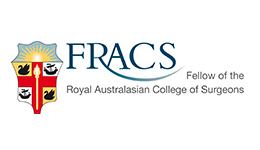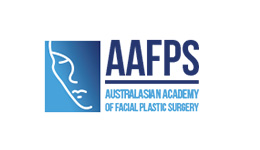Chin augmentation
Chin Augmentation Procedure
Performed under general anaesthesia, Dr. Choroomi prefers to make an incision underneath the chin to hide any visible signs of scarring. To insert a chin implant, tissue is first separated from the jawbone to create a pocket. The implant is then placed inside the pocket and secured to the bone with sutures. If the aim is chin reduction, bone may be filed or shaved down. A dressing will be placed under your chin to support the soft tissue for seven days.
Recovery after Chin Augmentation
It is normal to experience tenderness in the chin area following surgery. It is advised to eat soft foods or liquids as the ability to chew will be limited for a few days. You can expect swelling and numbness in the chin or face, which typically lasts a few weeks. Sutures will be removed post-operative day 7 and normal activity may be resumed after 10 days.
Risks and Complications from Chin Augmentation
Your surgery will be performed safely and with care in order to obtain the best possible results.
You have the right to be informed that the surgery may involve risks of unsuccessful results, complications or injury from both known and unforeseen causes. Because individuals vary in their overall health and healing abilities, skin texture, anatomy, circulation and the way they react to medications and anesthesia, there can be no guarantee made as to the results of surgery. Furthermore, there always exists the potential for complications.
The following complications of facial implant surgery have been reported in the medical literature. They are listed here for your information, not to frighten you, but to make you aware and more knowledgeable concerning this surgical procedure. The list below includes most complications that are encountered, but it is not all-inclusive.
If you have any questions regarding the potential complications listed, please discuss them with Dr Choroomi prior to your procedure.
Inflammation
Redness occurs in some patients and if it persists, the implant may need to be removed.
Infection
This occurs in a small percentage of patients. In the presence of infection, the implant is remove and usually several months are allowed to pass before re-introducing a new implant.
Hematoma
Rare complication. A collection of blood under the skin may require evacuation.
Malposition or Asymmetry
This may occur as a result of the positioning, a hematoma, or post-operative trauma. Longstanding asymmetry or lumpiness may require removal or repositioning of the implant.
Extrusion
Implants may extrude through an incision or even thin out the overlying skin.
Nerve Injury
Decreased or abnormal sensation is expected I the area for several weeks to months after surgery. Rarely, a partial facial/motor paralysis can occur. Weakness usually resolve within weeks to months but can persist.
Bone Resorption
Some bone resorption can be noted in over 50% of patients undergoing placement of implants. This is not dangerous and rarely, if ever, result in any need for management.
Swelling, Bruising, Pain
Normal condition of surgery








